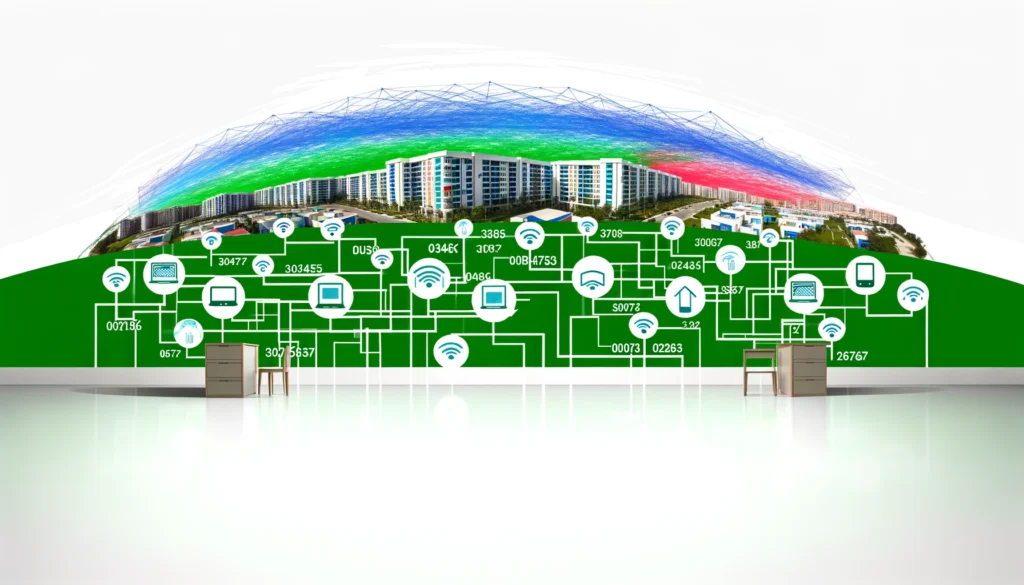Investigating the Effect of Ethernet Protocols on Enhancing Internet Access in Multi-Dwelling Residences
Investigating the Effect of Ethernet Protocols on Enhancing Internet Access in Multi-Dwelling Residences
Blog Article
Network standards play a vital role in enhancing internet access, particularly in multi-dwelling buildings (MDUs) like flat buildings and condo complexes. These specifications define how data is transmitted over systems, guaranteeing that equipment can communicate efficiently. As more people depend on the internet for employment, education, and leisure, having a reliable and high-speed connection in MDUs has grown increasingly important. By comprehending Ethernet protocols, building administrators and residents can make knowledgeable decisions about their web services, resulting to better access for everyone.
One of the key Ethernet standards is IEEE 802.3, which outlines the requirements for cabled Ethernet connections. This standard has developed over the decades, introducing faster rates and enhanced performance. For instance, the initial Ethernet specification offered speeds of 10 Mbps per sec, while more recent versions, such as Gigabit, can offer rates of up to 1,000 megabits per second. In MDUs, where multiple residents utilize the common internet connection, having a high-speed Ethernet system can greatly enhance the total consumer interaction. Faster speeds mean quicker downloads, more seamless broadcasting, and more reliable video conferences, which are crucial for off-site work and virtual education.
Another significant aspect of Ethernet standards is the use of organized wiring systems. These structures organize and manage the network wires that link equipment within a building. By following the principles set by Ethernet protocols, MDUs can guarantee that their wiring is efficient and effective. This organization helps reduce signal disruption and enhances information transfer quality. Additionally, structured cabling enables for simpler improvements and servicing, making it easier for building managers to adapt to changing technology needs. As web utilization persists to grow, having a properly organized wiring system becomes vital for maintaining high-quality connectivity.
Power over Ethernet (PoE) is another significant advancement in Ethernet tech that aids MDUs. PoE enables system cables to carry power power along with data, removing the requirement for individual power supplies for equipment like safety cameras, Wi-Fi access points, and VoIP phones. This feature simplifies installation and reduces disorder, allowing it simpler to establish a complete system in multi-dwelling units. By utilizing PoE, property managers can improve security and improve web access throughout the building without the original source the added expense of additional electrical work.
In conclusion, Ethernet standards have a profound effect on internet connectivity in multi-unit buildings. By providing quicker rates, structured wiring, and advanced features like Power over Ethernet, these standards assist create a reliable and effective system for residents. As tech persists to advance, staying aware about Ethernet standards will be essential for building administrators and residents alike. By putting resources in the right framework, MDUs can guarantee that all tenants enjoy a seamless web interaction, rendering their residences more linked and accessible.